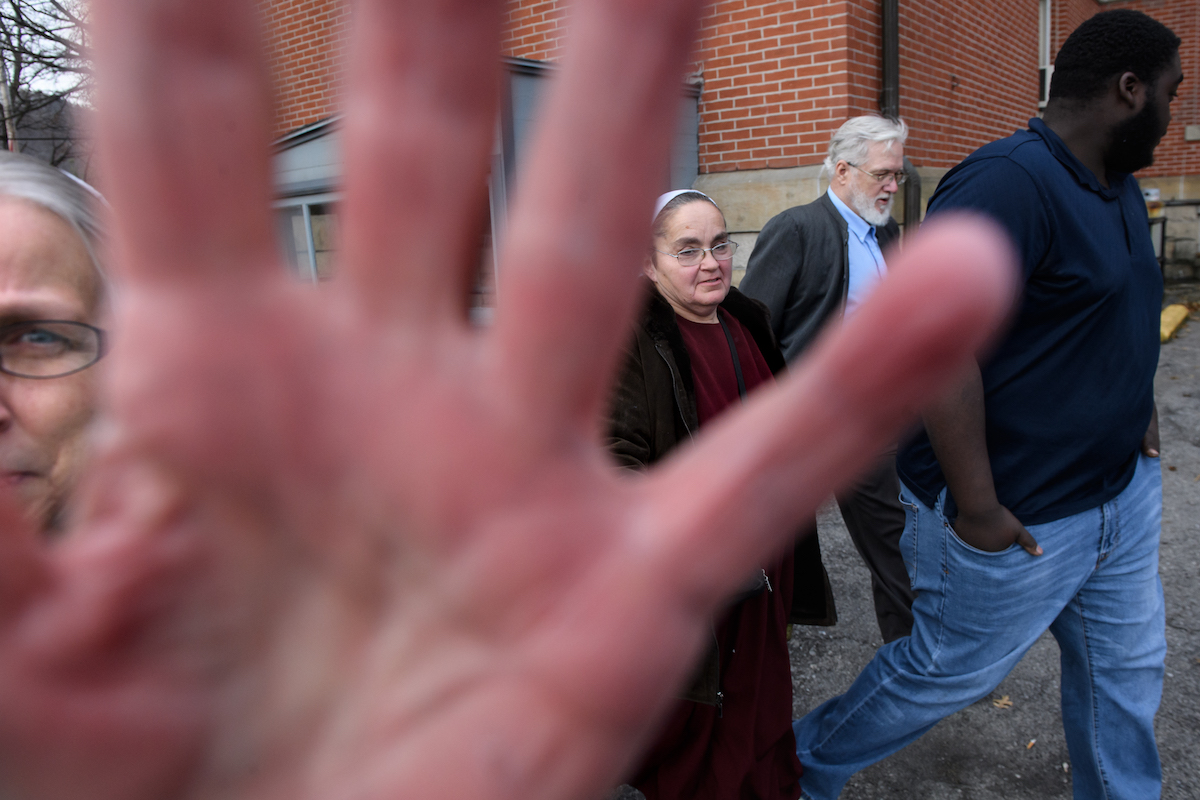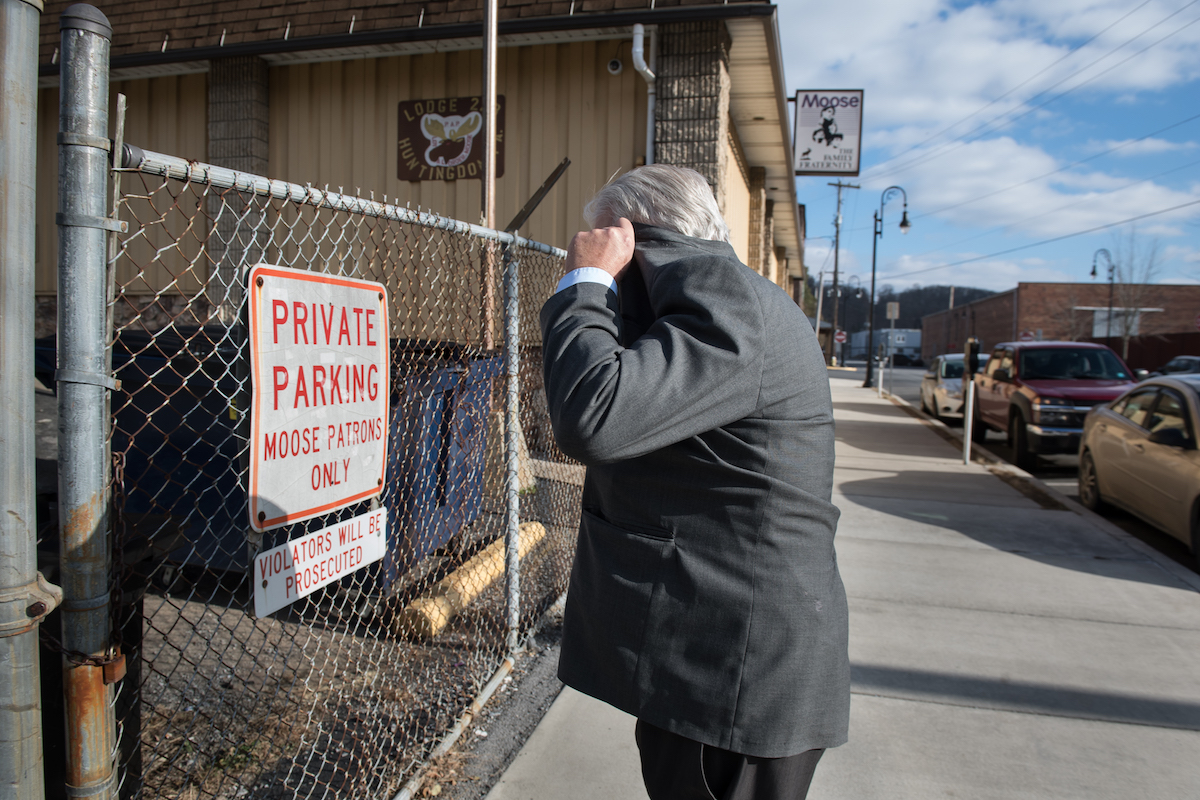Notes
Amish and Mennonite Photo Coverage in Face of Sexual Abuse, #MeToo

Since the Catholic sex abuse scandal that traumatized a generation of churchgoers and disillusioned many more, faith groups are tempted more than ever to cover up their own cases of sexual abuse, however isolated they may be. This is especially true for minority groups like Muslims and Jews, who are disproportionately subject to fear mongering from right-wing reactionaries, but it’s also true for less populous groups that don’t want sexual abuse to dominate what already is a limited public conversation around them.
For conservative Anabaptists including the Amish and Old Order Mennonites in particular, the wider cultural reckoning activated by #MeToo is beginning to pull some communities out of their cultural separatism and into media pathways cleared by sex-offending megastars like Harvey Weinstein, Kevin Spacey, and Bill Cosby.
As it happens, visual depictions of Amish and conservative Mennonite communities already share some traits with those of Hollywood celebrities. Many of their photographs in the press look like they were taken by paparazzi: shot from discrete angles, from the side or behind, often with long telephoto lenses. Because they hold a conviction that posing for a photograph can be interpreted as a form of pride, or as an affront to the biblical commandment against graven images, conservative Anabaptists usually resist being photographed. Faraway, detached images, then, are what inform much of the public’s visual vocabulary of Plain church communities. Those who see them at all are used to seeing them from a distance.

Photos like this one, for example, capture a familiar perception of the Old Order preference for a low-tech lifestyle in a high-tech world, represented both by the massive, steel electrical towers far in the background and by the modern highway the women use for their bicycles. The picture was taken earlier this spring by Stephanie Strasburg, a staff photographer at Pittsburgh’s Post-Gazette — one of the few newspapers that still employs a dedicated religion reporting team. While it is conventionally sympathetic to Plain ideals in that it maintains a respectful distance from the women being photographed, the image is well-placed within this edit because it illustrates the seclusiveness and gendered divisions that will fuel the community’s soon-to-be-revealed sex abuse scandal.
Conservative Anabaptist resistance to being photographed took on a new dimension when Strasburg began investigating claims of sexual abuse and coverups in Pennsylvania and Ohio’s Amish and Old Order Mennonite communities. The result of that investigative reporting is a breathtaking six-part series that opens, tellingly, with the preceding photograph of a woman using her hand to cover Strasburg’s camera lens. In that moment of encounter, Strasburg is attempting to photograph pastor David Fisher (the husband of the woman attempting to cover the camera) as he exits a court hearing where he plead no contest to a felony charge of endangering the welfare of a child. He, like other area Plain church leaders, had failed to report multiple acts of sexual abuse of minors committed by members of his church, choosing instead to shield abusive men through silence and forced forgiveness.
The open hand across the lens — a familiar convention in paparazzi photographs, but new in its application to Mennonite subjects — not only dramatizes Anabaptist anxiety over public visibility, but it also symbolically incriminates Fisher and his family, as if the woman’s fingers are replicating the vertical pattern of prison bars. The covering of the lens also mirrors the Mennonite custom of head covering, a practice that signifies a woman’s submission to male authority. In this case, that submission means bearing the responsibility of shielding her husband from being identified as a serial abuse enabler.
Strasburg’s photograph sets the tone for a story that lays bare, in punishing detail, just how far leaders of Plain churches went to avoid keeping powerful men accountable to the public for acts of sexual abuse that rarely, if ever, led to legal action.
I spoke with Strasburg about the Post-Gazette series and her approach to photographing an already elusive community in a context that is familiar to few, if any other photographers. “If I had been in this situation five years ago, I wouldn’t have been able to make this photo,” Strasburg told me. The scene of Mennonites in plain clothes hustling out of a downtown courtroom in January, the pastor’s family acting as bodyguards and press handlers, would have been too surprising to Strasburg, too at odds with her existing visual conception of humble Amish and Mennonite communities working in fields or driving horse-drawn buggies.
This odd, surprising congruence with celebrity photography can be seen in another photograph that captures pastor Fisher outside a of courtroom, in which he uses his jacket to shield his face from Strasburg’s lens.

Since conservative Mennonites tend to avoid being photographed out of an effort to avoid vanity, Fisher’s gesture could be read charitably as a pious attempt at humility. However, because he is being caught off guard between curbside parking on one side, and chain link fencing at a Pennsylvania Moose Lodge on the other, it would be difficult to make the case that showing one’s face in a setting like this would constitute an act of pride.
It’s more likely that Fisher, by pulling off this public hide-and-seek gesture, is mimicking learned behavior. Stretching the lapel over his face imitates a physical comportment that is suitable for the “perp walk,” where the accused or guilty are made to walk before the press, often in handcuffs, so that the general public can attach a face to a name. And just like photographers on a city court assignment do when they document a “perp walk“, Strasburg maintains close proximity to Fisher as he walks down the sidewalk — she’s not using a telephoto lens here. It is a close encounter that puts Fisher on notice: this kind of relentless coverage is part of a broader reckoning for male-dominated society, where deep social reform requires exposing the shameful acts of powerful men despite their best attempts to cover them up.
Another picture in the Post-Gazette series offers an interesting contrast to the face-shielding pastor while still illustrating a kind of photographic obfuscation. It depicts a survivor of sexual abuse who chose not to be identifiably photographed, in part because of her religious convictions, but mostly because she didn’t want to be further targeted by harassers from her own and adjacent Plain church communities.

Kay, as she identifies herself in the story, stands out over a gravel road in rural Pennsylvania, her head still covered according to Mennonite custom. She looks out over an open rural landscape, perhaps contemplating her isolated community’s stubborn unwillingness to be honest about its sins. She doesn’t seem to be asking her community to abandon its traditions and join the mainstream wholesale. Rather, with her photographer positioned behind her, Kay faces her community with pious humility and holds them to a godly standard of integrity. Her humility, a virtue that is highly lauded among Mennonites, is now accompanied by an equally righteous virtue: the pursuit of justice for those looking to unveil the sins of abusive men.
Read and view the full series here.
— KC McGinnis
Photos: Stephanie Strasburg/Post-Gazette. Caption 1: Maryann Fisher, left, of Alexandria, blocks the photographer’s camera as her husband, former pastor David Fisher, second from right, 64, leaves the Huntingdon County Courthouse after pleading no contest to a felony charge of endangering the welfare of a child in failure to report sexual abuse on Thursday, Jan. 10, 2019, in Huntingdon. Echoes of abuse coverups ring throughout Plain churches across the country in a culture that has historically emphasized a separation from the outside world. With them are the wife of Daniel R. Hostetler, Katie Hostetler, second from left, and Fisher’s adopted son, Charlie Fisher, far right. Caption 2: Women ride their bicycles through farms and homes along South Fairmount Road, Sunday, April 21, 2019, in Ephrata, Lancaster County. Caption 3: David Riehl Fisher, 64, of Alexandria, a former pastor at Shaver’s Creek Christian Fellowship in nearby Petersburg, hides from the camera as he leaves the sentencing hearing of church member Daniel R. Hostetler on Thursday, Nov. 29, 2018, in Huntingdon. Fisher later pleaded no contest to a charge of endangering the welfare of children and received probation and a fine. According to a police criminal complaint, Fisher said he knew Mr. Hostetler sexually assaulted his own daughter when she was a minor and did not report it. Fisher admitted he told Hostetler if he sent his daughter to counseling in another state they’d get into trouble. Caption 4: “Let’s go back to 1994, to the devastation I felt when I walked in on my husband abusing my baby girl. My tiny, helpless 1-month-old baby. He apologized and promised it would never happen again, and I believed him.” Kay, a former conservative Mennonite woman, in Central Pennsylvania.


Reactions
Comments Powered by Disqus